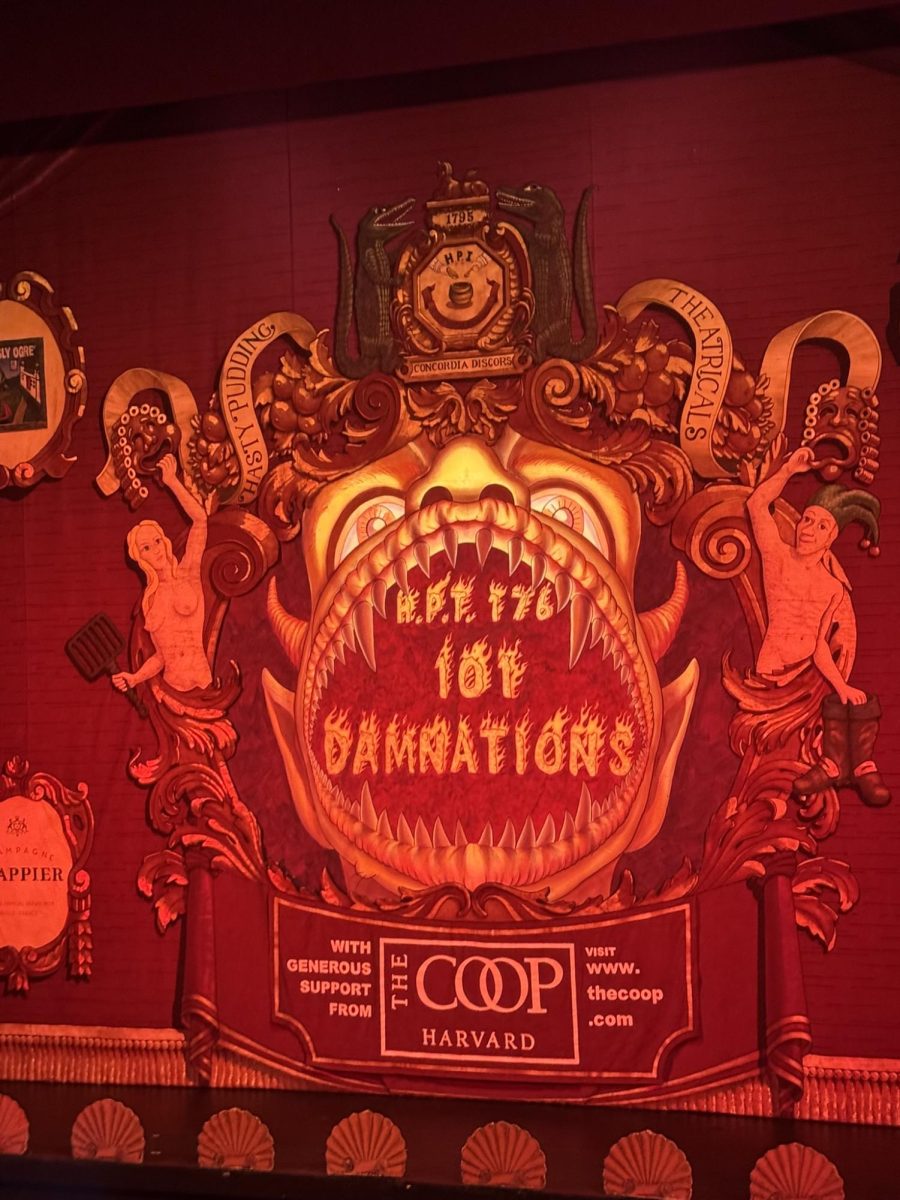Grinning, half-buried, and caked in dirt, Hozier’s third album, “Unreal Unearth” emerges from beyond the grave. Taking inspiration from Dante’s “Inferno”, he describes, in an interview with Apple Music, his longtime “macabre desire” for a lengthy, visual tale of a man who has, quite literally, been to hell and back. The narrator of “Inferno”, Dante himself, travels through the pits of the afterlife, depicted as nine descending circles. Those condemned to eternity in hell are punished in one of the nine circles based on the sins committed during their lifetimes. The 16-track record utilizes “Inferno”’s nine circles as a narrative structure, assigning one to two songs to each Circle as a lens to examine Hozier’s trademark themes of devotion, brutality and colonialism. With an almost-rebellious gentleness, he grants history’s worst sinners a sense of empathy, saying, “[Dante’s ‘Inferno’] is a poem about a person who’s wandering through this sort of underworld space, and in each Circle, they meet with a new person who shares their grievance, their pain, their experience.”
When crossing the gateway into hell, Dante writes, “Through me, you enter into the population of loss.” The idea of loss was reverberating around the world as the album began taking form in March of 2020, and in those early days of the COVID-19 pandemic, Hozier describes the presence of “so much potential energy in the air of potential loss; everybody knew someone they could lose.” While “Unreal Unearth” never explicitly makes reference to that period of the pandemic, that feeling of loss and change lingers as it paves the twisting path carrying the album through the underworld.
“Unreal Unearth”’s descent into hell begins with a door creaking open into Limbo, the first Circle; the strings of an acoustic guitar — the cool mist curling around your feet — bring an invitation and a quiet warning: ”Abandon all hope, ye who enter here.” “De Selby (Part 1)” is a haunting exploration of obscurity and darkness. Named for the mad philosopher De Selby from Irish author Flann O’Brien’s “The Third Policeman”, Hozier explains in a “Behind The Song” video that the track reflects upon the falling of night and darkness as a place where all is lost. The subsequent emptiness that remains is utterly unbearable — the very same feeling that drove God to banish darkness and create light. In the dark, boundaries become obscured: if you can no longer see where your hand ends and the darkness begins, have they become one and the same?
The final verse of “De Selby (Part 1)” is sung in Gaelic, and describes two lovers who undergo a metamorphosis in the darkness together in which, like the hand in the darkness, it becomes impossible to distinguish where one ends and the other begins. Hozier considers this portion of the song to be an expansion “upon that thought [of darkness and emptiness] in the direction of love song,” and acts as a transition toward its sequel and sister song “De Selby (Part 2),” which builds upon this idea using a funky and dynamic track. Darkness makes even the boundaries between songs fade away as a ringing pulse bleeds from Part 1 into Part 2, causing the loss of individual endings and harkening the joint metamorphosis of “De Selby’s” two pieces like the lovers in the dark.





